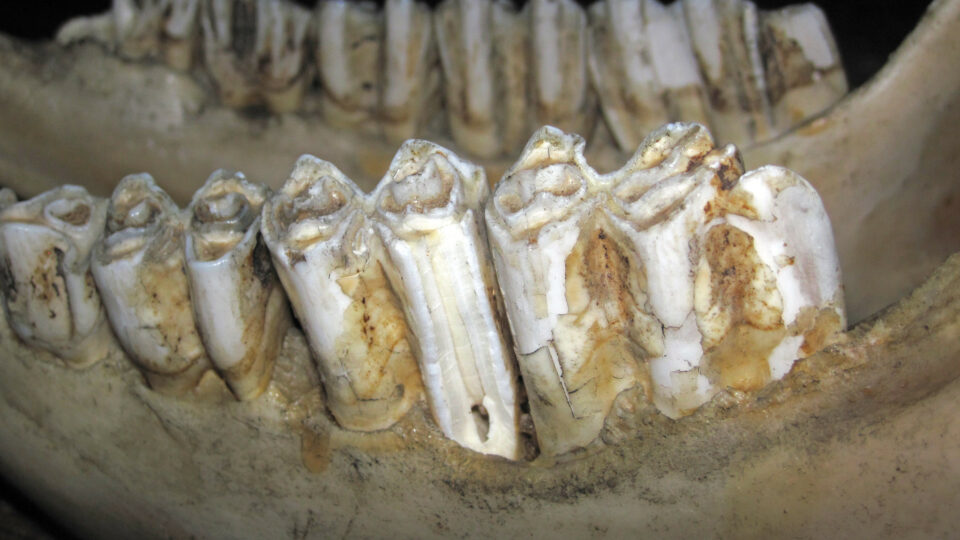Our stories often discuss how human activities change the natural environment. With most of us confined to our homes, the lack of human activities is having profound effects on the environment. We are talking about some of these this week.
India suffers from some of the worst air pollution in the world. Of the most polluted cities in the world, 21 out of 30 were in India in 2019. According to World Health Organization standards, at least 140 million people in India breathe air containing 10 times or more greater levels than the safe limit for pollutants. Air pollution contributes to the premature death of 2 million Indians every year.
Half of India’s air pollution comes from industry, 27% from vehicles, and 17% from crop burning. Crop burning is prevalent because it is much cheaper than mechanical tilling after the harvest.
On March 25, the Indian government placed its 1.3 billion citizens under a strict lockdown to reduce the spread of COVID-19. The country-wide mandate decreased activity at factories and drastically reduced car, bus, truck, and airplane traffic.
Within one week, NASA satellite sensor observed aerosol levels at a 20-year low for this time of year in northern India. Aerosols are tiny solid and liquid particles suspended in the air that reduce visibility and can damage the human lungs and heart. Some aerosols have natural sources, such as dust storms, volcanic eruptions, and forest fires. But many come from human activities such as the burning of fossil fuels and croplands. Scientists expected to see changes in atmospheric conditions during the Indian lockdown, but the current changes are dramatic. They also present a unique opportunity to separate how natural and human sources of aerosols affect the atmosphere.
**********
Web Links
Airborne Particle Levels Plummet in Northern India
Photo, posted April 29, 2020, courtesy of Flickr.
Earth Wise is a production of WAMC Northeast Public Radio.


